The shape of your eyes affects how eyeliner frames your face—and how long it lasts. If you have almond, hooded, monolid, or round eyes, the right eyeliner microblading shape can subtly enhance your features without the hassle of daily makeup.
Several factors influence the final result, including the type of pigment used and how your skin holds colour. Aftercare also plays a key role, from healing balms to eyeliner products that support retention and avoid irritation.
In this guide, you’ll learn how to identify your eye shape, explore microblading styles that suit it best, and understand the full procedure—so you can feel confident in your decision.
Here is the Quick Answer:
The best eyeliner microblading style depends on your eye shape—whether almond, monolid, hooded, or downturned. Styles like classic lines, wings, or shaded effects can define your eyes without daily makeup. A personalized consultation helps choose the right shape, pigment, and thickness for results that look natural and last up to three years.
Understanding Eye Shapes
Before choosing microblading styles for your eyes, it’s important to first recognize your natural eye structure. The right eyeliner design complements—not competes with—your facial features, enhancing your expression in subtle but impactful ways.
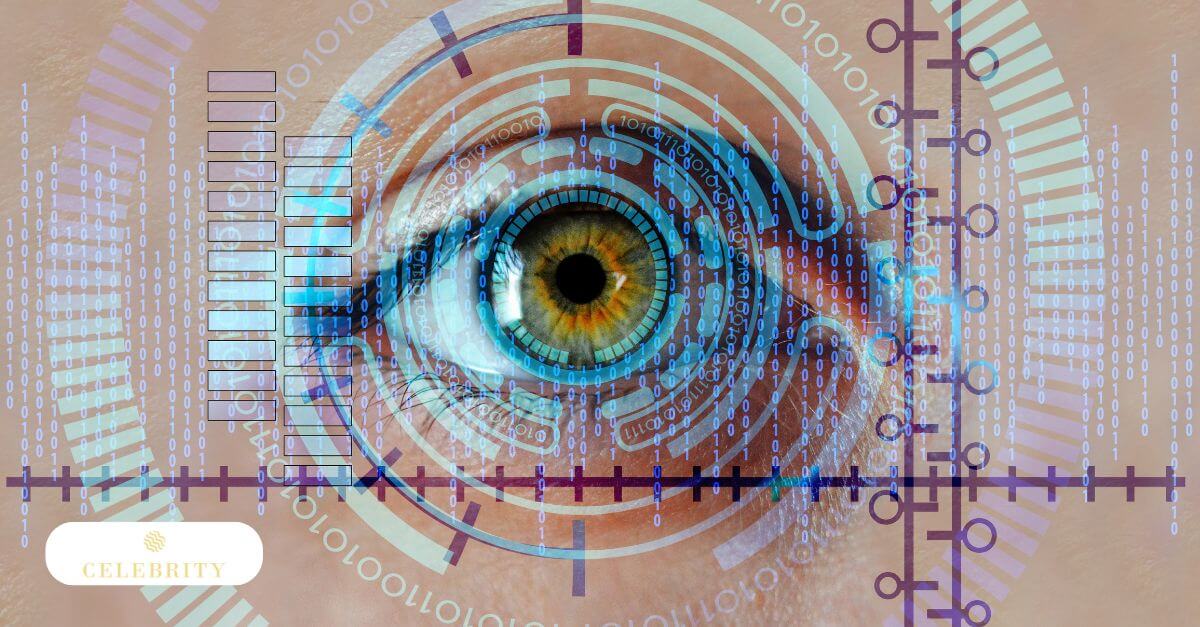
Here’s how to identify the most common eye shapes:
Almond Eyes
Almond eyes are oval-shaped with slightly upturned outer corners. They’re often considered the most balanced shape and work well with nearly any eyeliner style.
Round Eyes
Round eyes appear wide and open. When you look straight ahead, you may see the whites of your eyes above or below the iris.
Hooded Eyes
A fold of skin covers the eyelid, making the crease less visible. Hooded eyes are prone to eyeliner smudging, so careful placement is key.
Monolid Eyes
Monolid eyes don’t have a visible crease between the eyelid and brow bone. This shape tends to look flatter, so eyeliner can help create the illusion of depth and dimension.
Upturned Eyes
This shape has outer corners that naturally tilt upward. They’re often mistaken for almond eyes but have a more prominent lift at the edges.
Downturned Eyes
Downturned eyes have outer corners that slope downward. Eyeliner placement can help lift and open the appearance of the eyes.
Close-Set Eyes
Eyes that are positioned closer together than average. The goal with eyeliner is to visually widen the space between them.
Wide-Set Eyes
In contrast, wide-set eyes have more space between them. Eyeliner can help draw attention inward and balance out the proportions.
Eyeliner Microblading Styles
Eyeliner microblading—also known as a cosmetic eyeliner tattoo—offers several style options to suit your eye shape, makeup preferences, and lifestyle. Each technique delivers a different effect, ranging from subtle lash definition to bold enhancement.
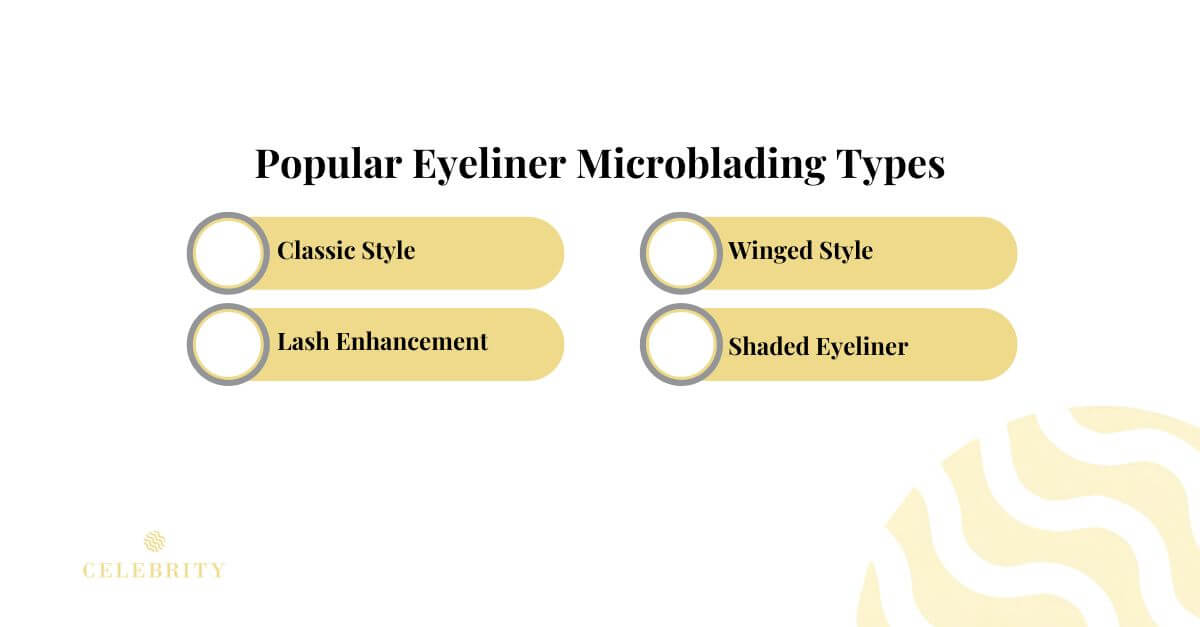
Classic Style
A smooth, defined line along the upper lash line offers a timeless look. This natural finish suits everyday wear and works well for most eye shapes, especially if you prefer a makeup-free appearance that still looks polished.
Winged Style
This dramatic option extends the line outward into a flick, visually lifting the eye. Winged eyeliner microblading suits almond, upturned, and even downturned eyes when applied with precision.
Lash Enhancement
Instead of drawing a visible line, pigment is added between individual lashes. This creates the illusion of fuller lashes and is ideal for those seeking a no-makeup look with soft definition.
Shaded Eyeliner
Also called “smoky” or “ombre,” this style blends liner with a diffused shadow effect. It fades upward from the lash line for a soft, sultry finish. Shaded eyeliner adds depth and dimension, especially for monolid or hooded eyes.
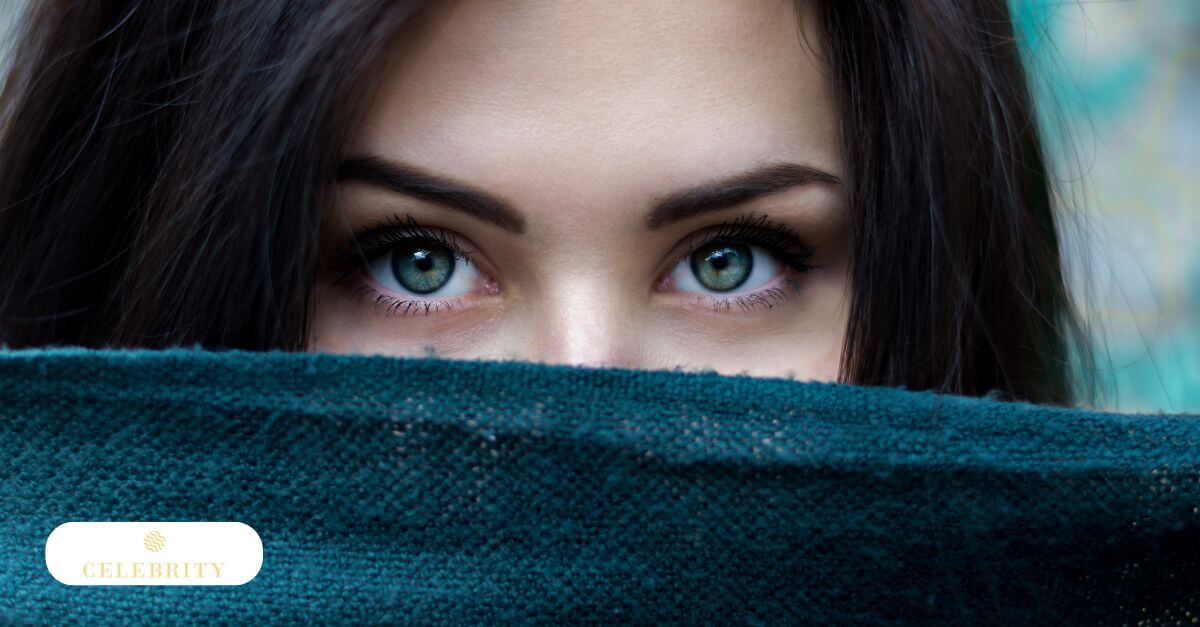
Matching Styles to Eye Shapes
Choosing the right eyeliner style for your eye shape is essential to enhance your natural features and ensure lasting, flattering results. Here’s how popular eyeliner tattoo styles align with common eye types:
Almond Eyes
This balanced shape suits nearly any style. A winged or shaded eyeliner can add definition and drama while maintaining symmetry.
Round Eyes
To elongate and lift the eyes, a classic liner with a soft wing works well. Avoid overly thick lines that emphasize roundness.
Hooded Eyes
A thin classic line or lash enhancement keeps pigment visible even when the lid folds over. It also prevents smudging or uneven wear.
Monolid Eyes
Winged eyeliner shapes help create depth and draw attention to the lash line. A shaded effect can further enhance dimension for this flat lid structure.
Upturned Eyes
Accentuate the natural lift with a classic or subtle winged style. These options emphasize symmetry and openness.
Downturned Eyes
A short wing angled slightly upward helps lift the outer corners. Lash enhancement can also brighten and open the eyes without heaviness.
Close-Set Eyes
Extend eyeliner slightly beyond the outer corners to visually widen the space between eyes. A double wing can be used for a more stylized look.
Wide-Set Eyes
Focus liner toward the inner corners to draw the eyes inward. A classic style that starts closer to the tear duct works best.
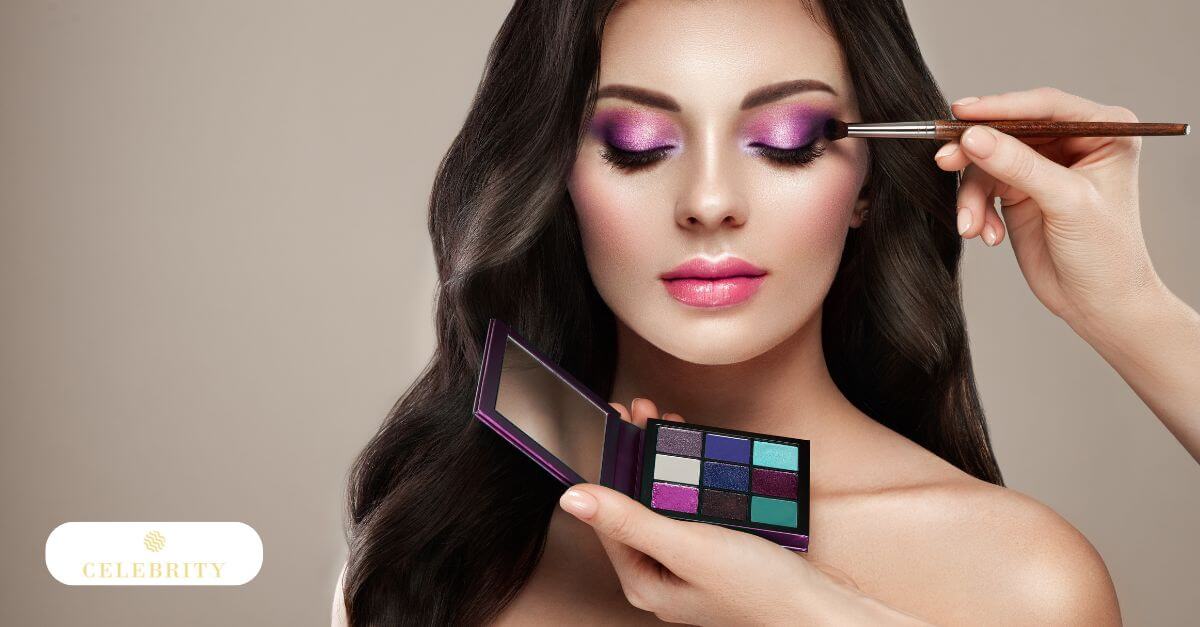
Consultation and Customization
Meeting with a certified microblading artist is a crucial step in achieving results that look natural and suit your unique eye structure. No two faces are the same, and a personalized approach ensures the eyeliner complements your eye shape, skin tone, and facial symmetry.
During your consultation, the artist will examine features such as eyelid fold, lash line curvature, and how your skin retains pigment. This assessment helps determine the right line thickness, shape, and shade of pigment to achieve your desired look—whether it’s a subtle lash enhancement or a defined wing.
You’ll also have the chance to:
- Ask questions about safety, healing, and maintenance
- Review before-and-after photos of clients with similar eye shapes
- Discuss colour options that match your undertone and long-term preferences
Skipping this step can lead to mismatched results or fading that doesn’t follow the eye’s natural contour. A good consultation not only sets expectations but lays the foundation for long-lasting, flattering results tailored to you.
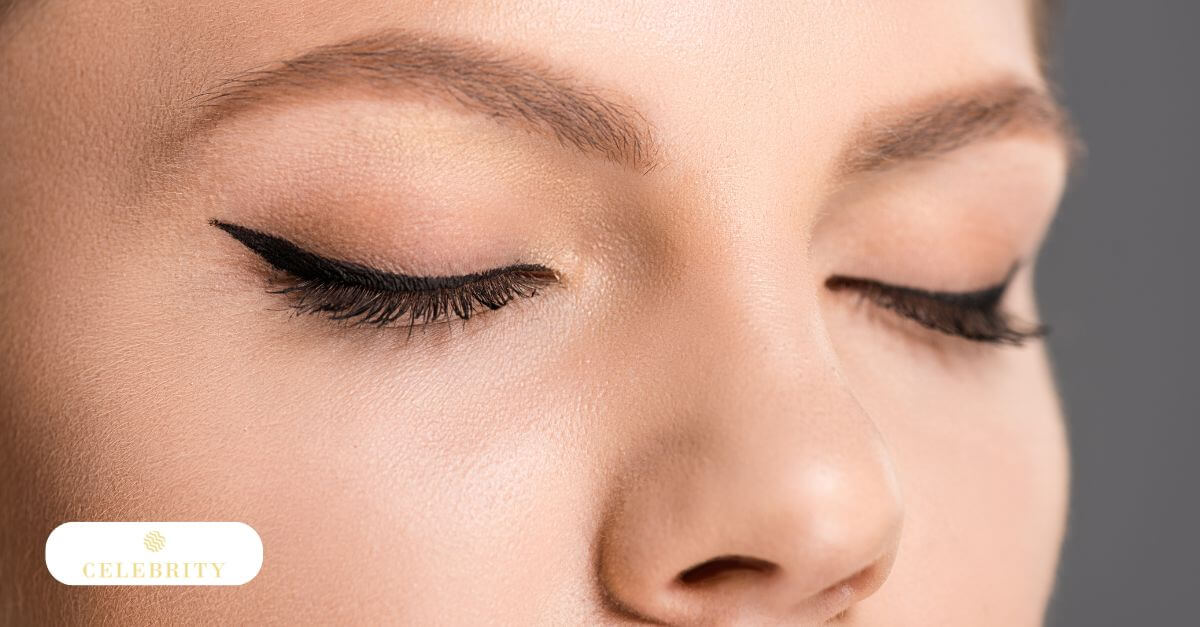
Detailed Microblading Process
Understanding what happens during an eyeliner microblading session can help ease concerns and prepare you for the best possible results. The full microblading process is designed to be safe, precise, and personalized to your features.
Preparation
The eyelid area is first cleansed to remove any oil, residue, or bacteria. A topical numbing cream is then applied to minimize discomfort during the procedure, keeping you relaxed throughout the session.
Mapping
Your artist will use a cosmetic pencil or stencil to outline the eyeliner shape. This draft is based on your eye structure, skin type, and personal preferences. You’ll be able to approve the design before any pigment is applied.
Pigment Application
Using a handheld tool or a cosmetic tattoo machine, the artist deposits pigment carefully along the lash line. Every stroke is guided by the map drawn earlier, ensuring a result that matches your desired thickness, length, and style.
Duration
The full appointment usually takes 45 to 60 minutes. Factors like your skin’s sensitivity, the complexity of the design, and how quickly the numbing cream takes effect may slightly influence timing, but most sessions fit within an hour.
Pain Management and Comfort Measures
One of the most common concerns with eyeliner microblading is whether the procedure will hurt. The good news is that most clients find the experience very tolerable, thanks to effective numbing methods.
Before any pigment is applied, your artist will use a topical anesthetic to reduce sensitivity in the eyelid area. This helps minimize discomfort and allows the procedure to be performed with care and precision.
Most clients describe the sensation as light pressure or a mild scratching feeling—not painful, but noticeable. The goal is to keep you as comfortable as possible from start to finish.
If at any point you begin to feel discomfort, it’s important to speak up. Your artist can pause the session and reapply numbing cream if needed. Open communication helps ensure a smooth, low-stress experience throughout the appointment.
Aftercare Tips for Longevity
Proper aftercare is essential for your eyeliner microblading to heal well and last longer. Following your artist’s instructions closely helps avoid complications, improves pigment retention, and supports smooth recovery.
Keep the Area Dry (First 24–48 Hours)
Avoid getting your eyelids wet for the first one to two days after the procedure. Moisture can interfere with how the pigment settles into the skin. Steer clear of steam from hot showers and be extra careful when washing your face.
Clean Gently and Apply Balm
Once your artist gives the go-ahead—usually after 48 hours—clean the area gently using a mild, recommended cleanser. Pat it dry with a clean tissue or gauze. Then apply a thin layer of healing balm to prevent scabbing and support skin recovery.
Avoid Heat, Sweat, and Irritants (First Week)
For at least one week, avoid swimming, saunas, and intense workouts. Excess moisture, heat, or bacteria can cause the pigment to shift or fade. Also refrain from rubbing your eyes or using harsh skincare products around the treated area.
Longevity and Touch‑Up Needs
Although considered permanent, eyeliner microblading will gradually fade over time due to skin cell turnover, sun exposure, and individual skin type. On average, results last between one and three years.
To maintain crisp lines and vibrant colour, most clients schedule a touch-up every 12 to 24 months. These sessions help correct any uneven fading and refresh the pigment for a more polished, long-lasting appearance.
Your lifestyle and skincare routine can also affect retention. For example, frequent exfoliation, sun exposure without SPF, or oily skin may cause the pigment to fade more quickly. Regular maintenance ensures your eyeliner continues to look its best with minimal daily effort.
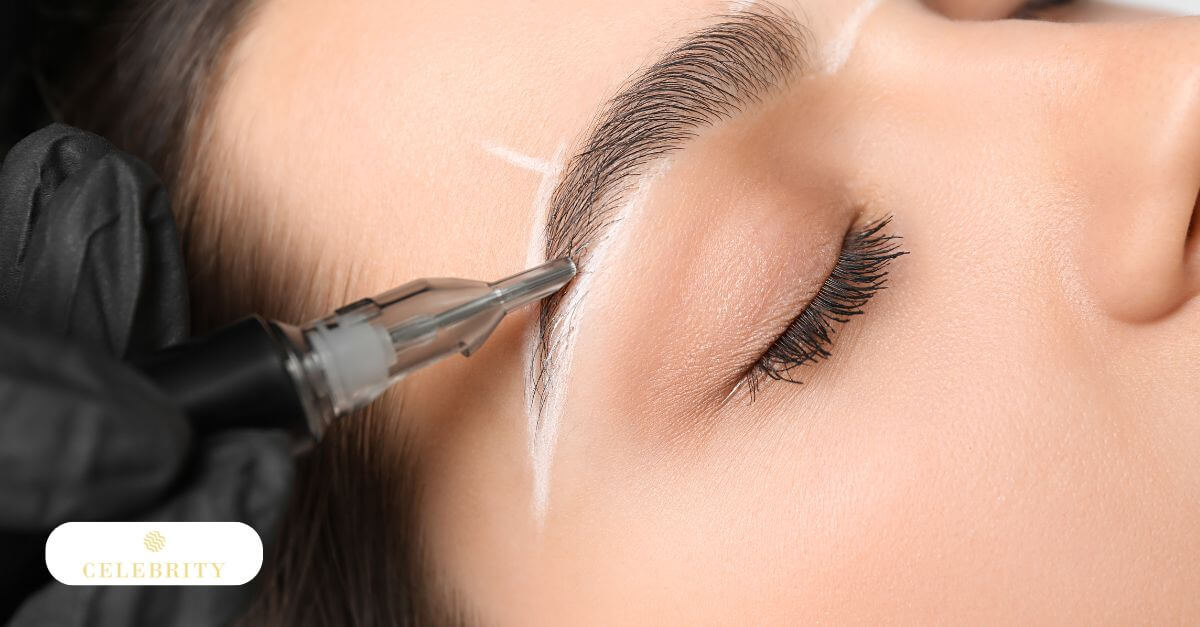
Risks and How to Minimize Them
While eyeliner microblading is generally safe, there are still some risks to consider—especially if proper hygiene or aftercare is overlooked. Potential issues include:
- Mild swelling or irritation after treatment
- Uneven pigment application
- Allergic reactions to the pigment
- Infection due to unsterile tools or poor aftercare
The best way to minimize complications is to choose a licensed and experienced artist who uses sterile equipment and follows strict hygiene protocols. Don’t hesitate to ask about their certifications, portfolio, and studio cleanliness.
Equally important is following your aftercare instructions. Keeping the treated area clean and dry in the first few days, avoiding harsh products, and scheduling follow-ups as advised will all help support healing and pigment retention.
If you have allergies, sensitive skin, or medical concerns, bring them up during your consultation. A patch test can help rule out reactions before the full procedure is done.
In Conclusion
The right eyeliner microblading style can subtly enhance your eyes—adding lift, depth, or definition depending on your natural shape. Hooded eyes benefit from thin, close-to-lash styles that won’t smudge. Almond eyes offer the flexibility to try classic or shaded looks, while monolids often shine with a well-placed wing.
At Celebrity Laser, expert technicians tailor every step of the process to your unique features, from consultation through to long-term aftercare. Each detail—shape, pigment, and placement—is selected to complement your anatomy and preferences.
If you’re exploring eyeliner microblading for different eye shapes, booking a consultation is the best first step. With thoughtful planning and the right approach, your eyes can stay defined and effortlessly polished for years to come.


